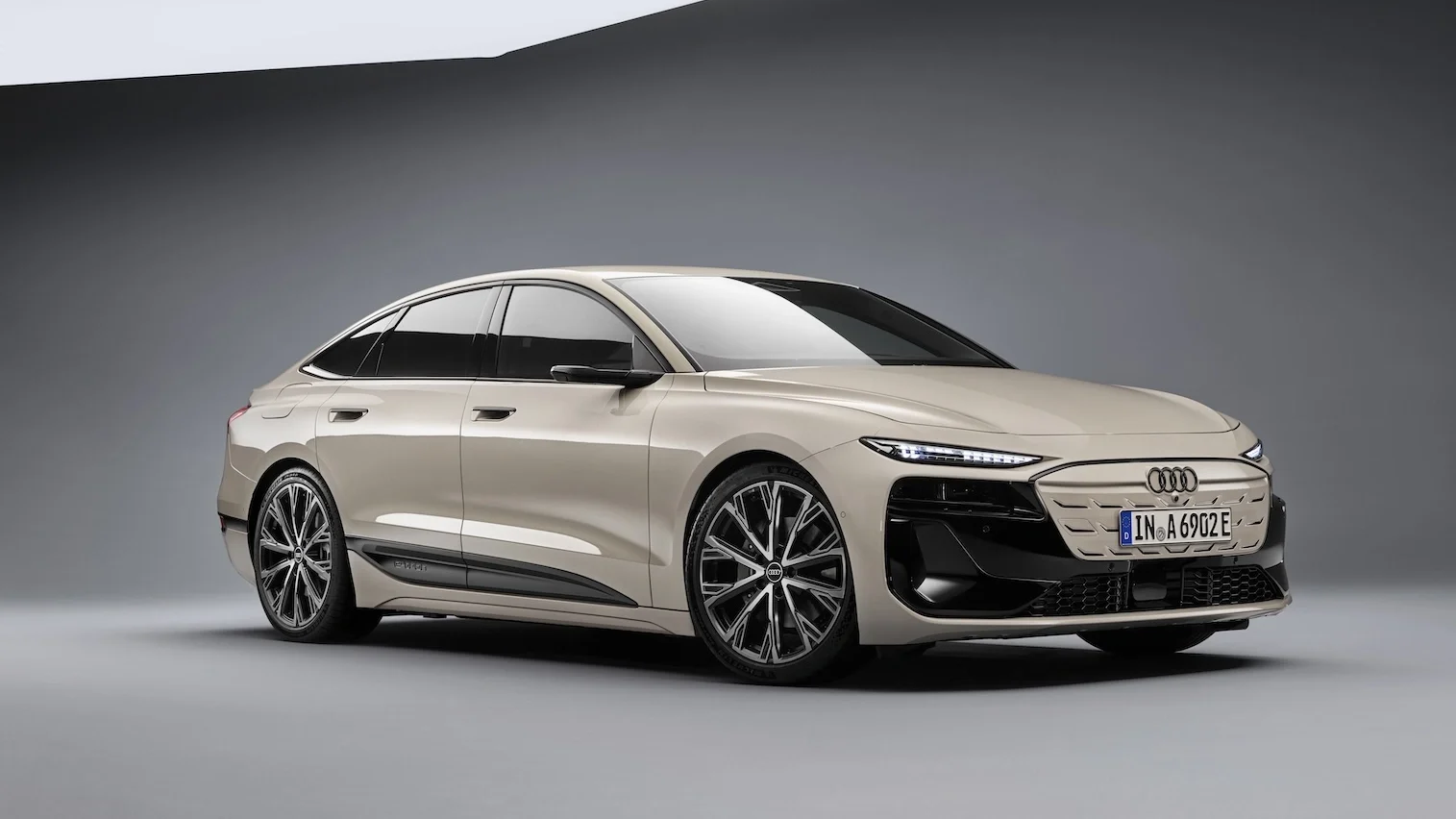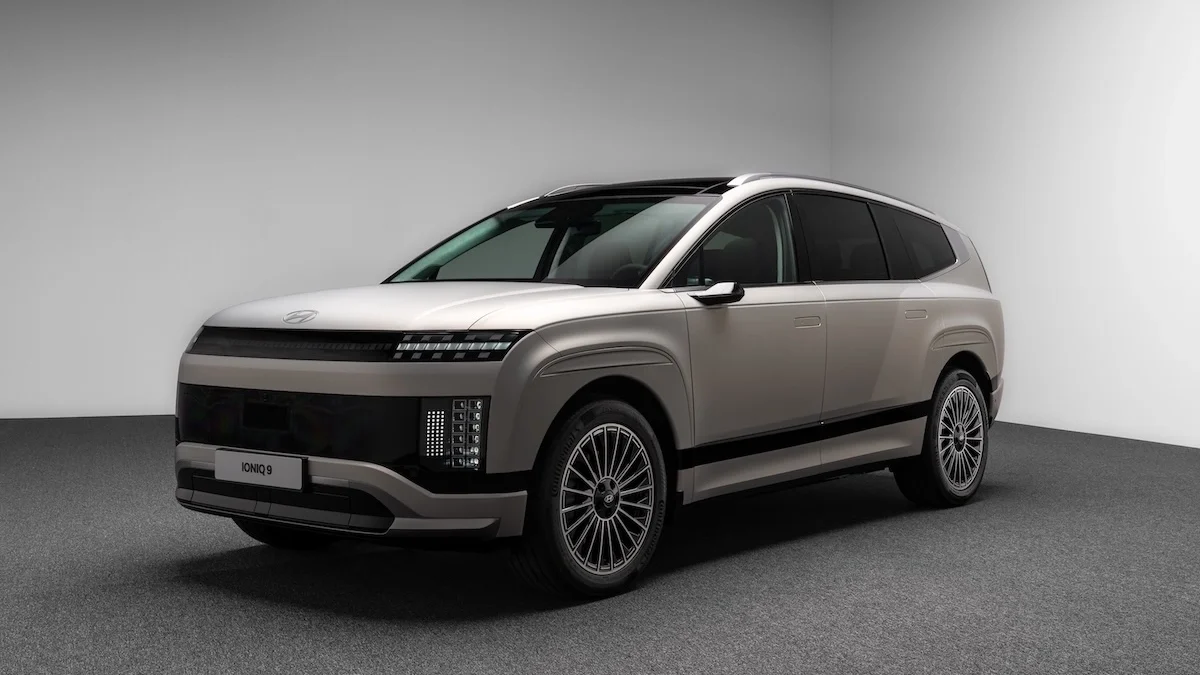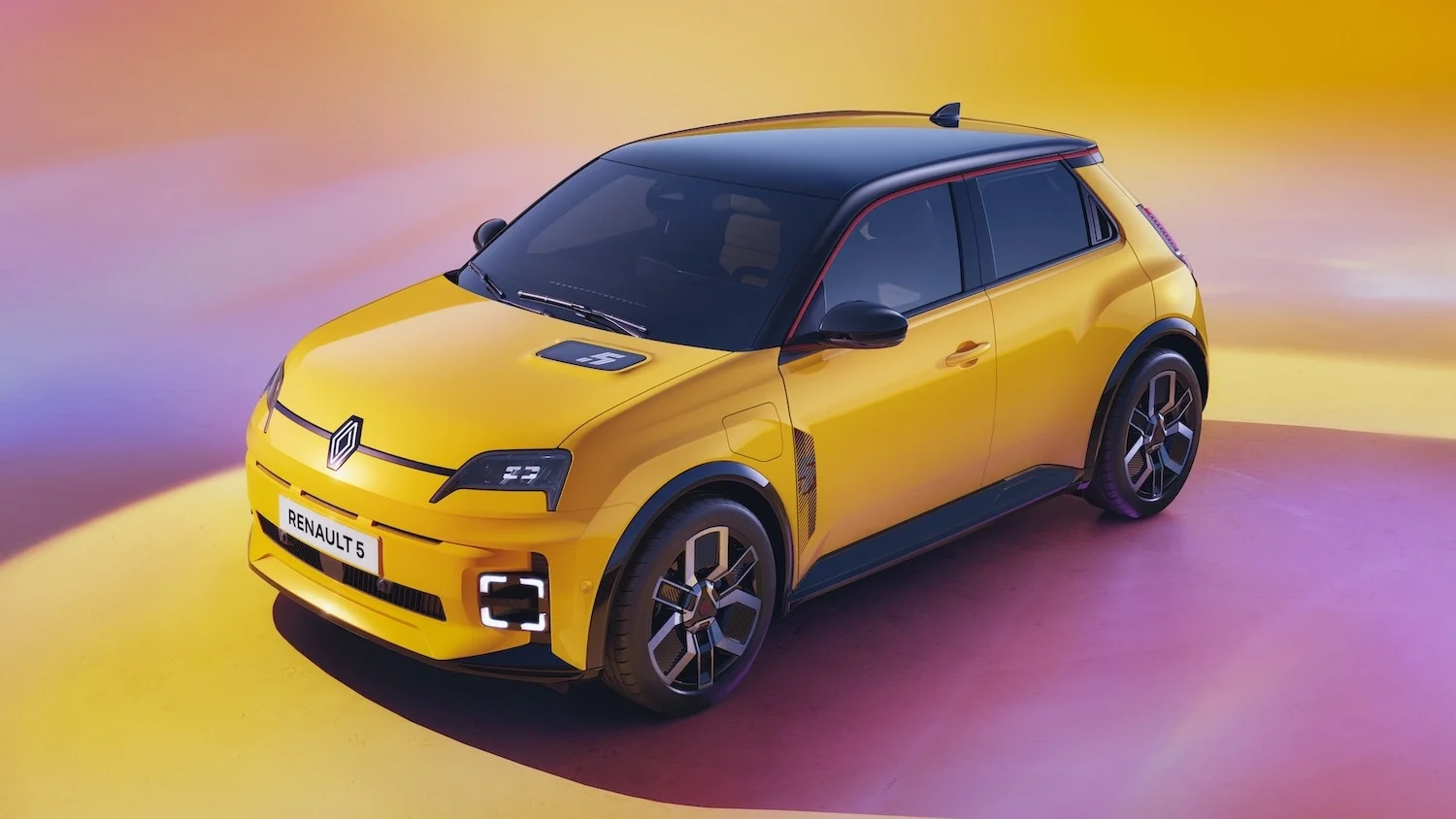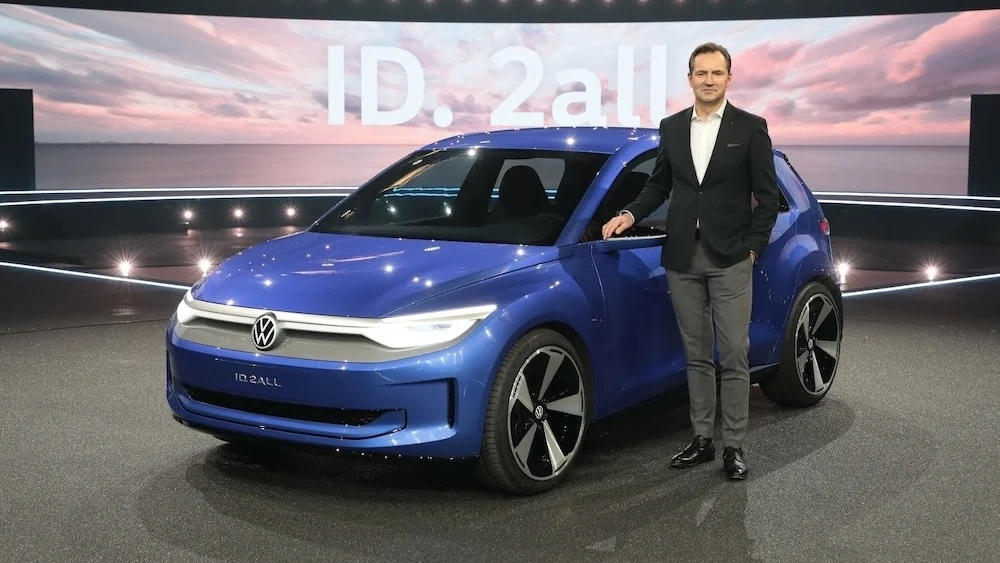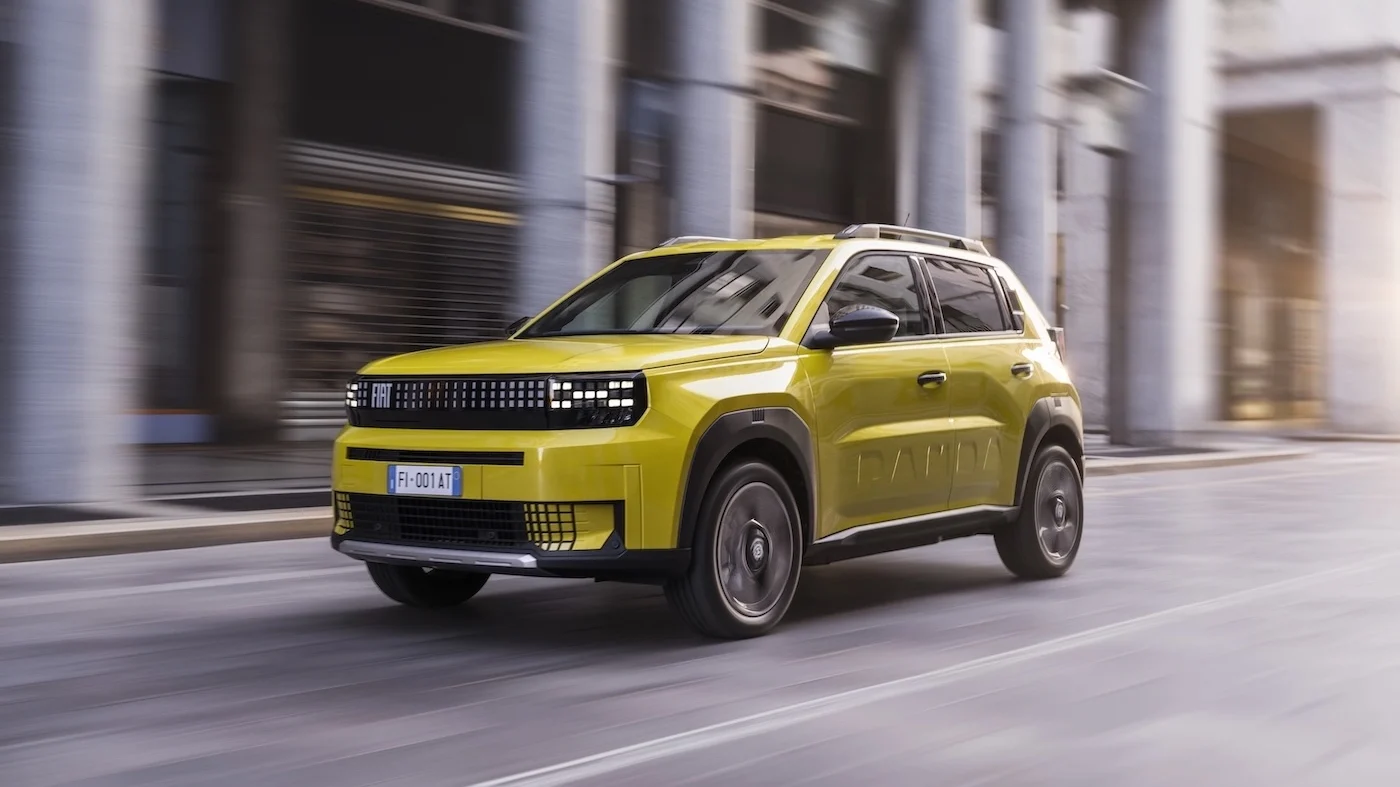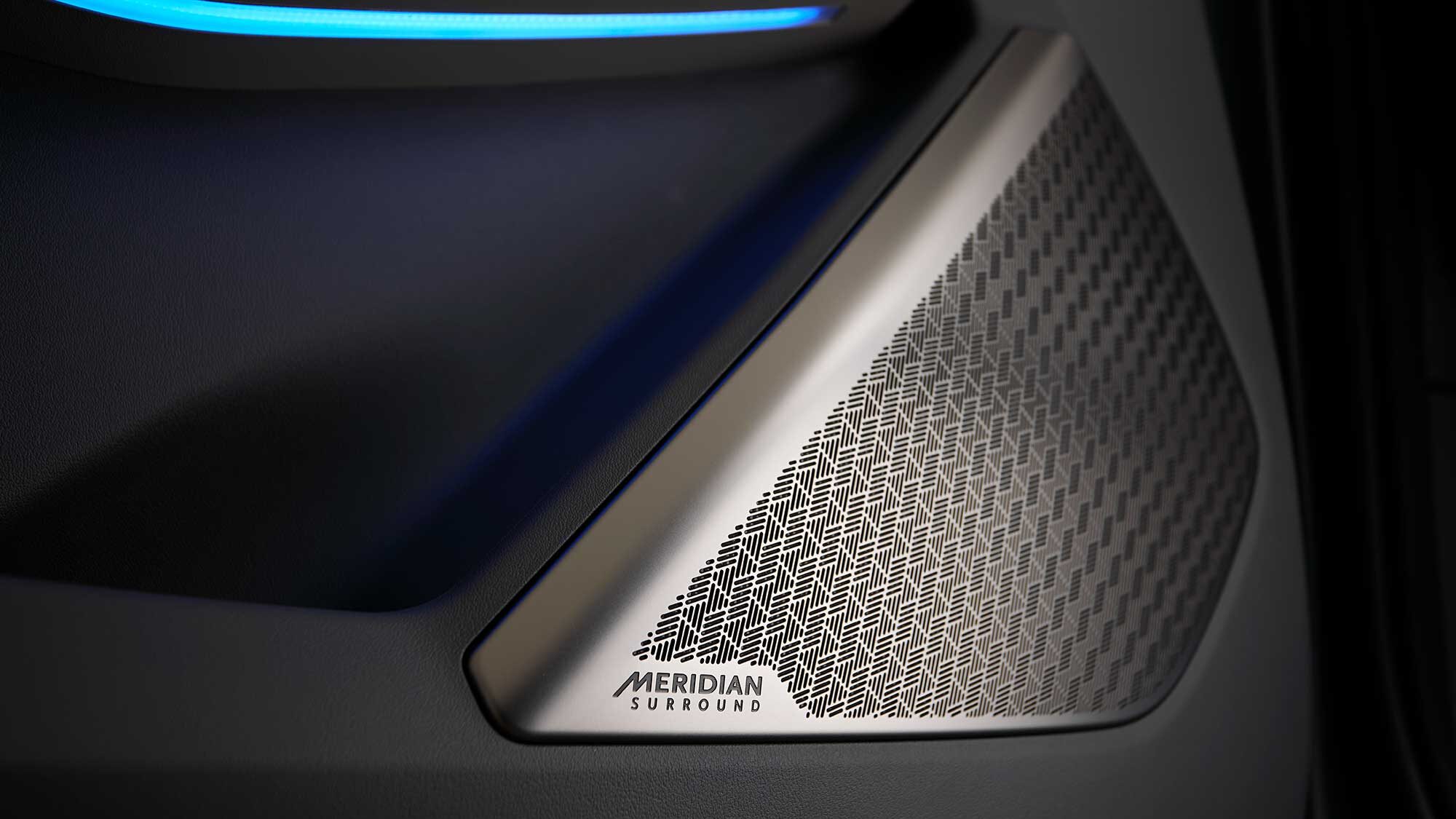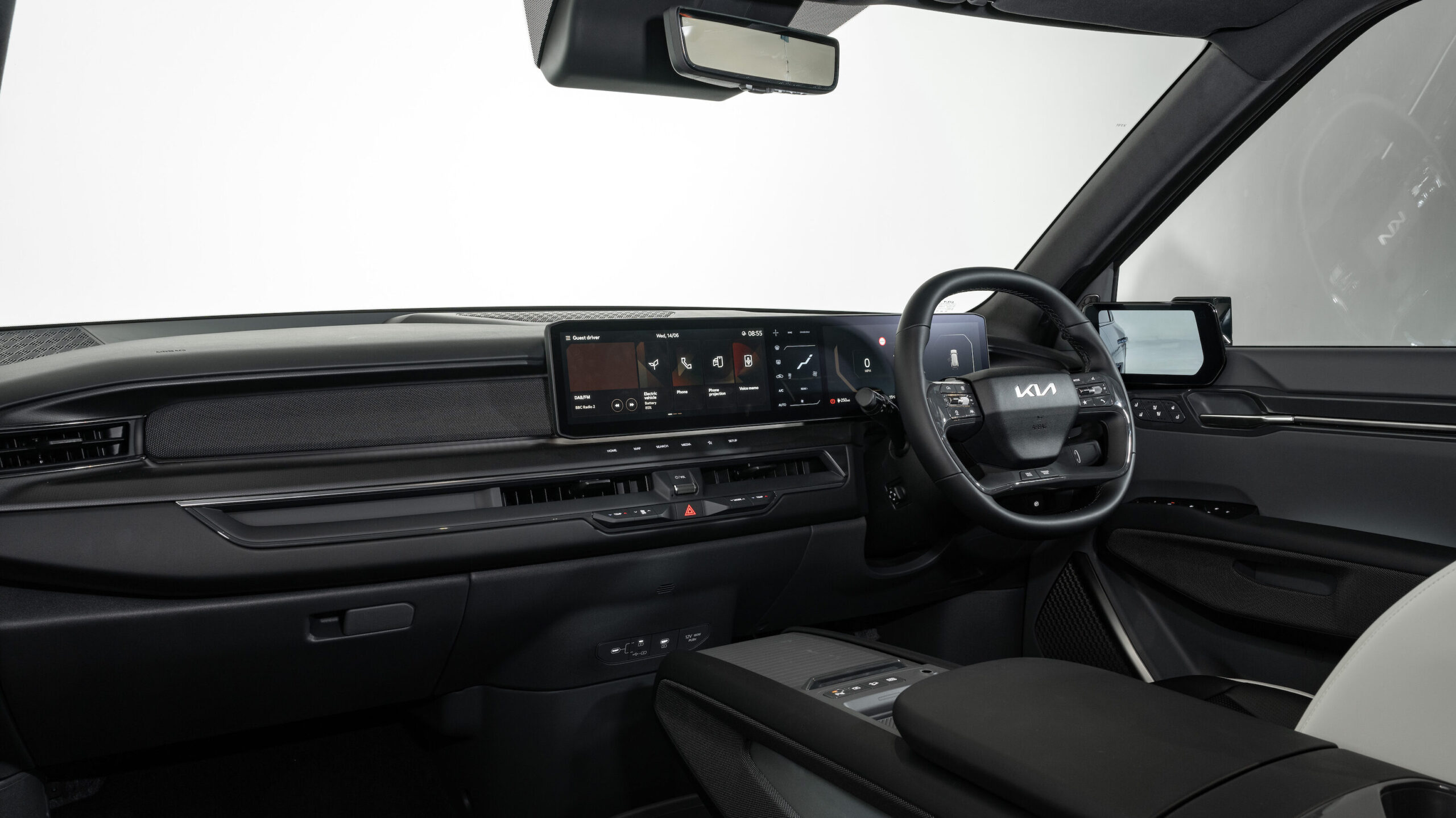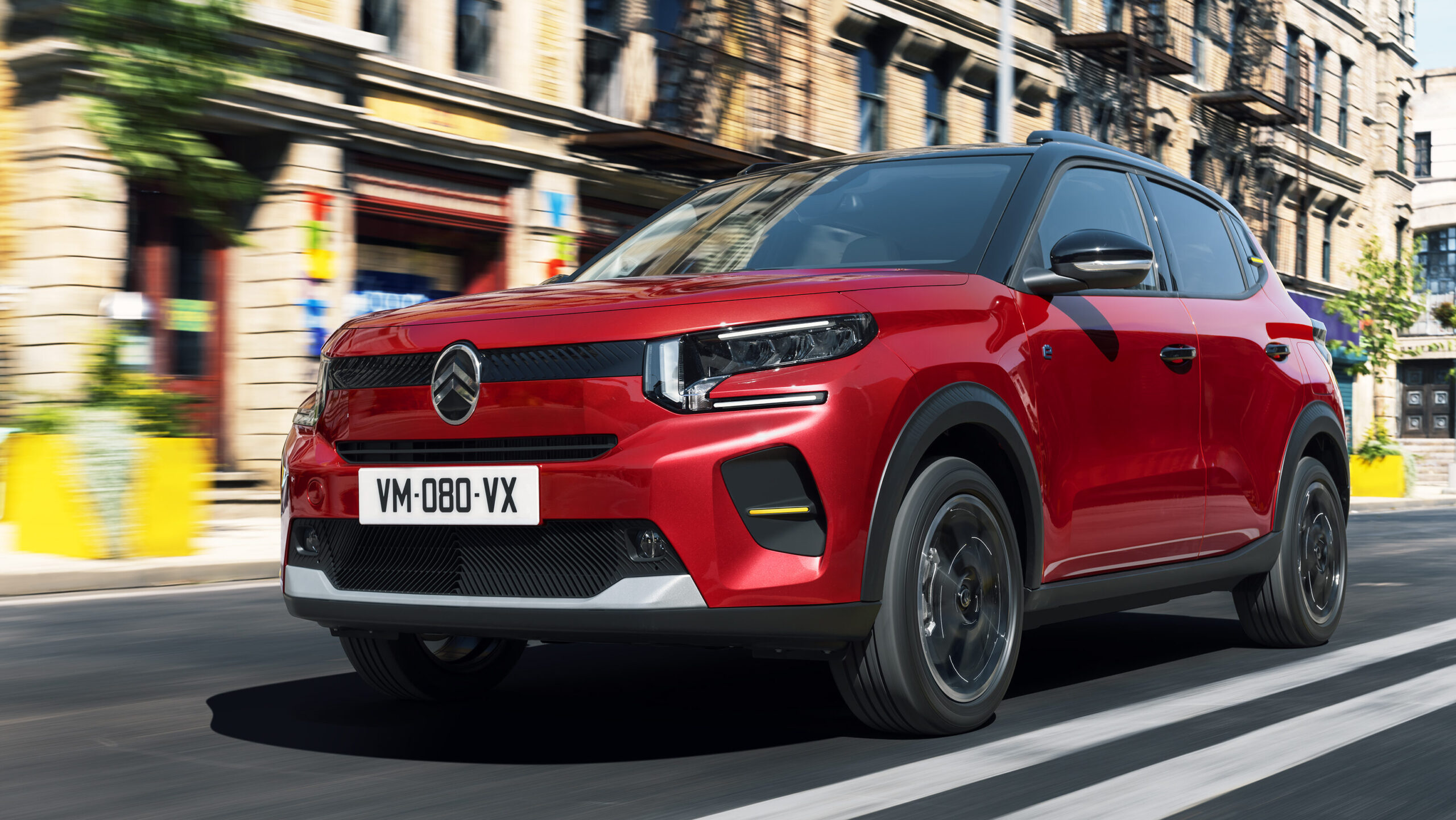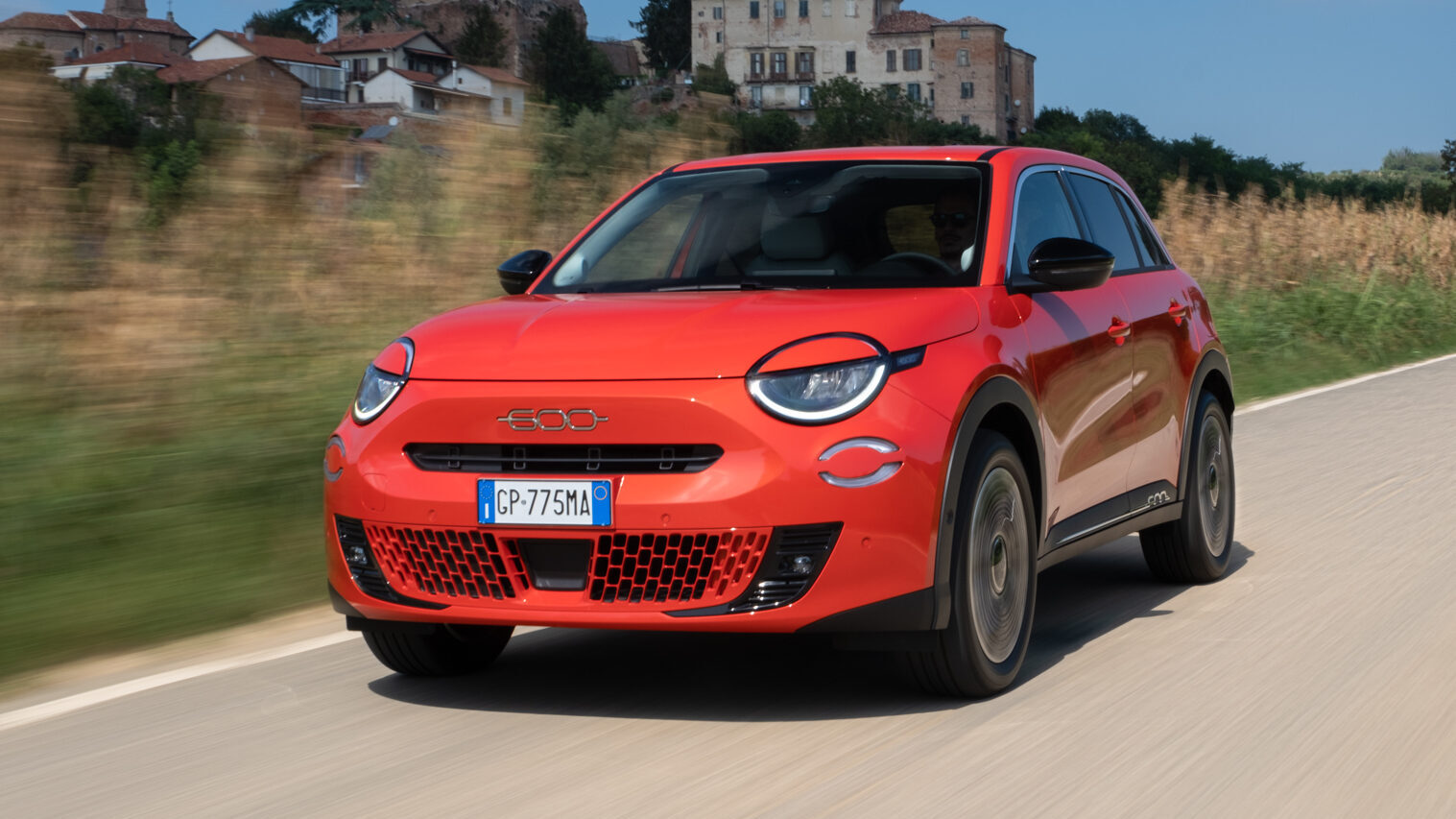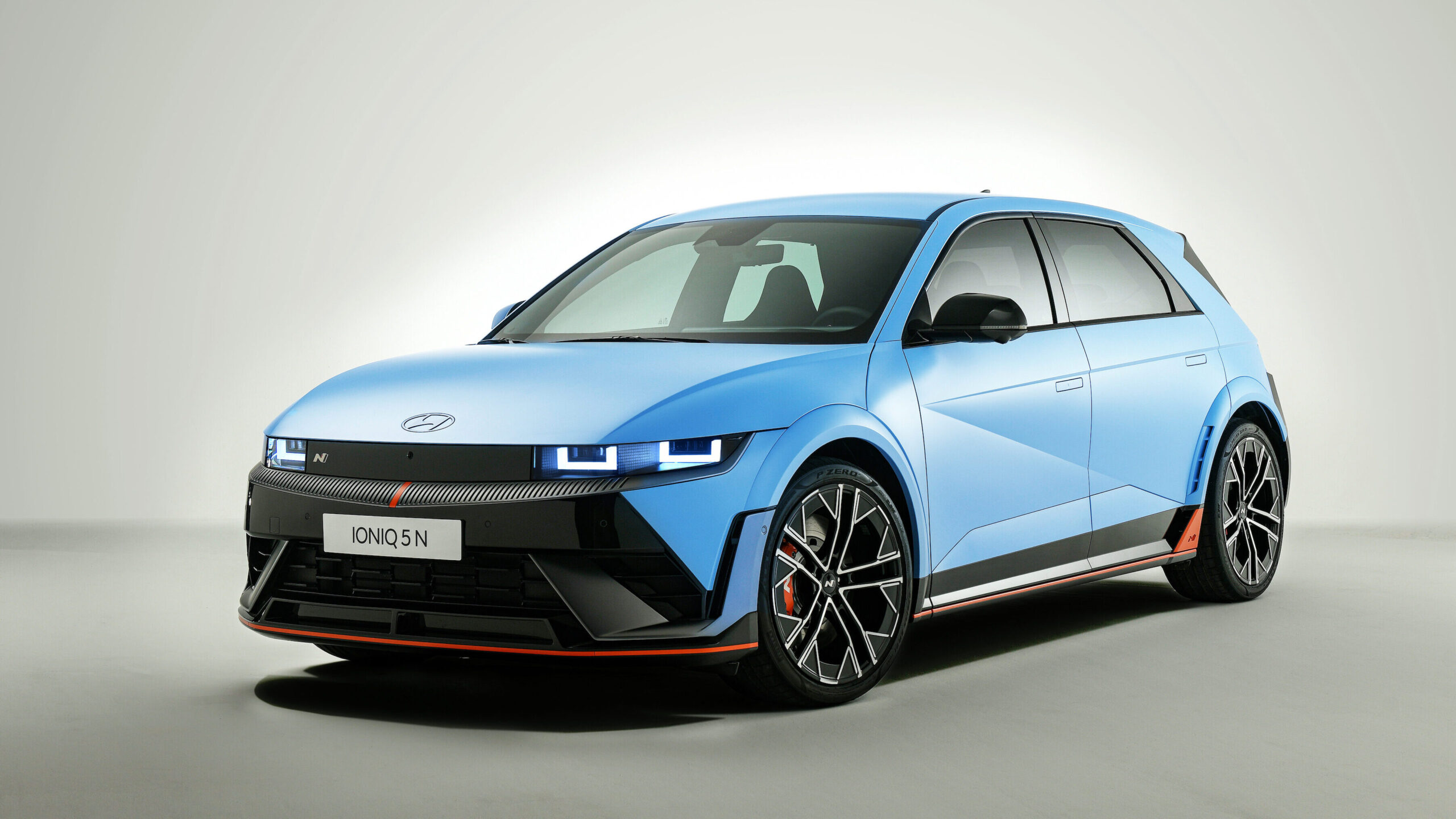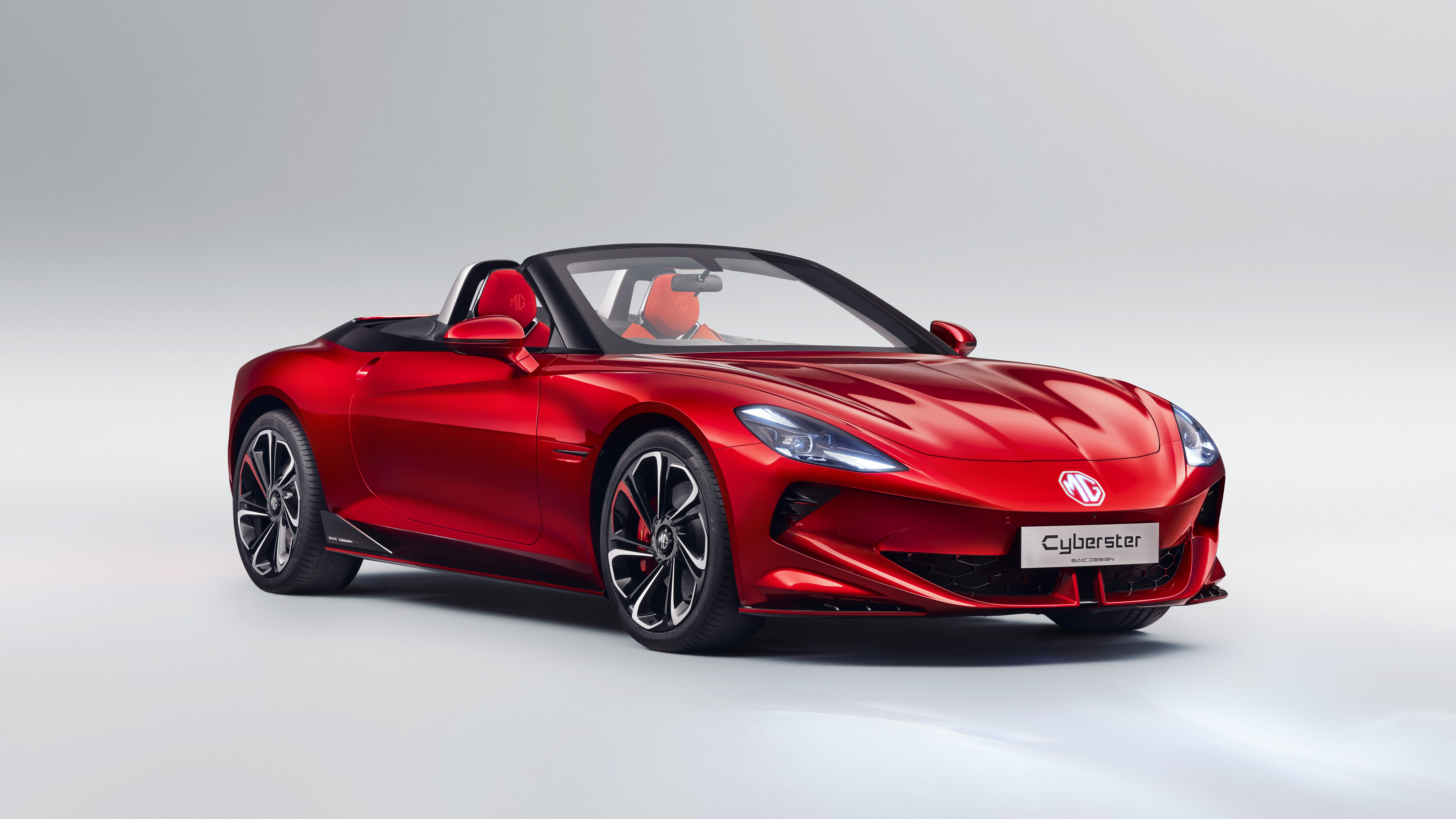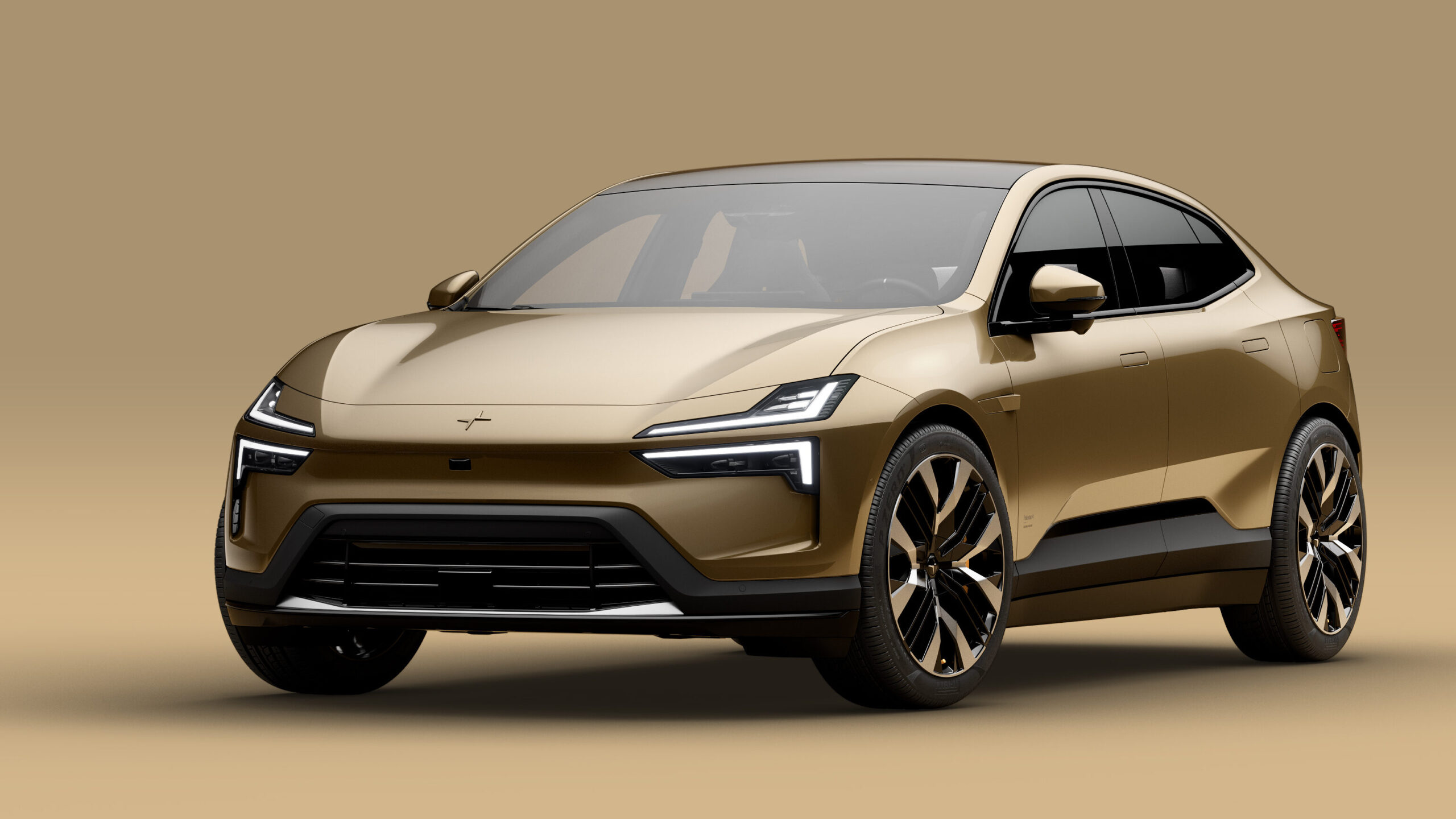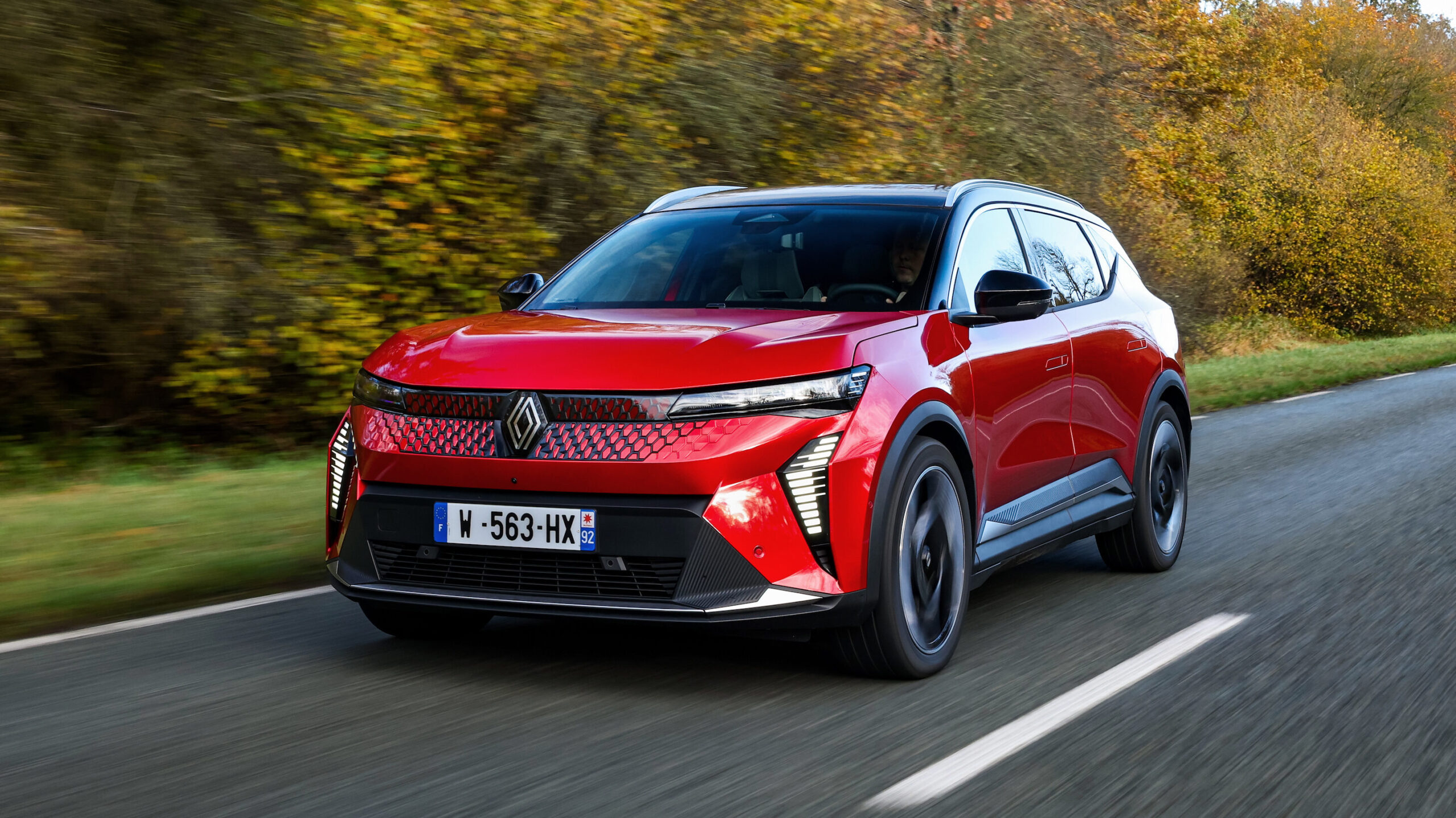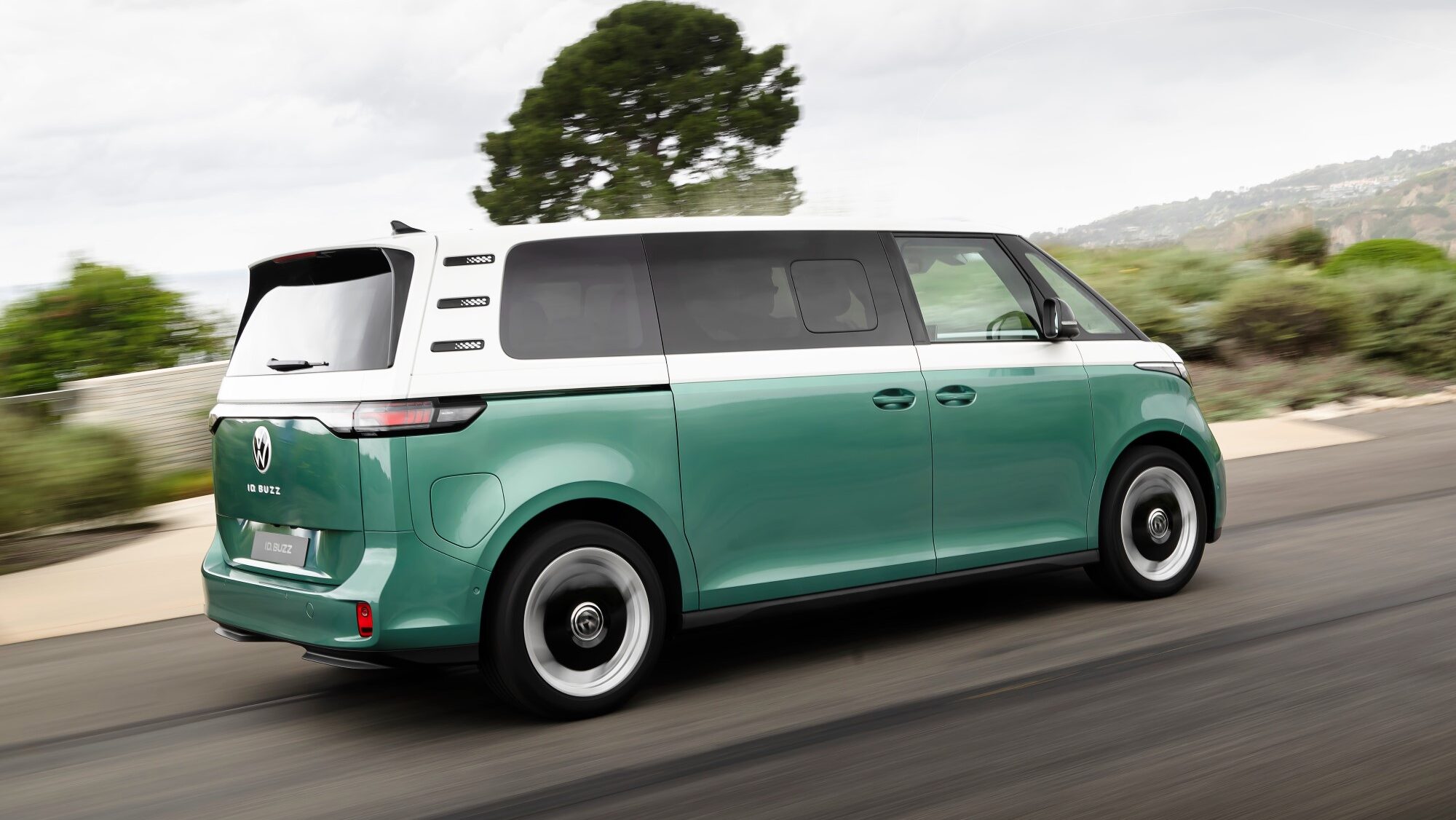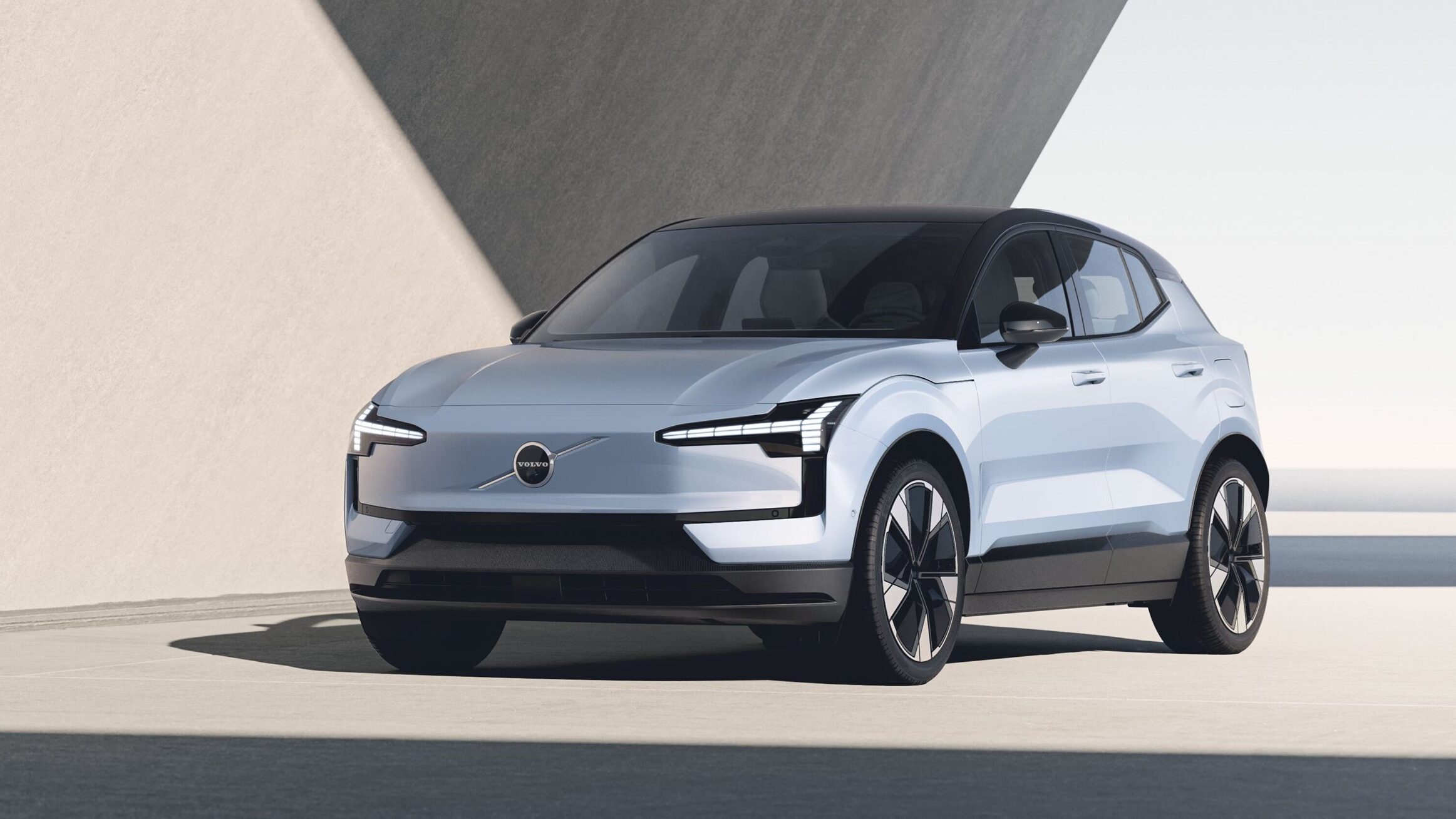How much does it cost to charge an electric car? It’s a question that’s being asked more and more, especially with the fluctuating electricity prices of late.
Whether you’re charging at home, at work or on public chargers, it’s almost always be cheaper to charge an electric car than the equivalent of filling an equivalent car with petrol. And, better yet, unlike with petrol prices, with your home electricity rates, it’s surprisingly easy to reduce those costs yourself.
Here, we’ll look at the costs of charging an electric car both at home and at public charge points out on the road and show you how to save money at both of them.
How much does it cost to charge my electric car at home?
The simple answer to this is that it depends on your home electricity tariff and how much you pay per kWh.
So, let’s do some simple calculations to show you how much it costs to charge your electric car and how you might be able to save some money when charging your electric car. The average Irish driver covers 10,000 kilometres a year which, in a typical petrol car, would cost more €1170.
By comparison, in a typical electric car, at the Standard Tariff of 48.24c/kWh, those same 10,000 kilometres in an EV would cost €753 for the entire year.
How can I lower the costs of charging my electric car at home?
So, we’ve already seen that there’s a big saving between petrol and charging your car at home. The good news though is that, unlike a petrol car, you can have a big influence on how much you pay through the numerous off-peak electricity tariffs on the market from the likes of SSE Airtricity and Energia.
So if you switched your home charging to an off-peak electricity tariff such as SSE Night Boost (at just 12.42c/kWh), then those same 10,000 kilometres we used as an example before would cost just €194.06.
Where can I charge my electric car on the road?
At the time of writing, there are around 5000 electric car public charging points in Ireland.
Most modern electric cars will have a ‘find a charger’ function within their sat nav systems and some even enable you to plot your route according to your remaining range. However, probably the easiest way of checking is via the Zap Map website and app.
Zap Map is a simple map that enables you zoom in on certain areas and easily see the various types of charger on offer via a colour-coding system. Yellow are 3kW chargers, blue are 7kW fast chargers and purple are rapid charging points that are usually 43kW and above.
What do the different charging speeds mean at a public charging point?
Put simply, the higher the kW charger, then the faster your car will charge – up to a limit. Different EVs have limits to their charging capability, so a Vauxhall Corsa Electric can charge at up to 100kW, while a Porsche Taycan can charge at 225kW. You can still plug in to more powerful chargers, but they just won’t charge any faster.
Also, no matter what the car, that charging speed will slow once the battery is above 80 per cent level of charge, which helps to protect the lifespan of the battery. Rapid chargers of 50kW and above are harder to find than the slower chargers, but the irish network of rapid and ultra-rapid charging points of 100kW and above is growing quickly.
Do I need to use my own charging cable at a public charging point?
It depends on which charging point you’re planning on using. Fast chargers of up to 7kW tend to be ‘untethered’ which means it’s just a socket and you’ll need to use your own cable. For rapid charging points though, they tend to be ‘tethered’ with the lead attached to the machine itself.
The CCS rapid charging points of 50kW and above use the secondary ‘bulge’ on the bottom of your socket which has the shape of a flattened figure of eight. Either way, it’s no bad thing to keep your charging cable in the boot of your car anyway, just in case.
How do I charge my electric car at a public charging point?
First you need to check the charger is working and this is where the Zap Map app is so useful. For each charging location it will show you the details of the site, the pricing structure (more on this later), whether it’s working and, crucially, any notes from past users. Users can also ‘check in’ to certain chargers meaning that you can also see if they’re being used in real time.
It’s worth doing this homework before you get there to save you a wasted journey. Those notes from previous users are also invaluable as the charger might be broken or not delivering the correct level of charge that you need.
Do I need to download the charging company’s app beforehand?
Until recently, the answer would have been a definite yes to download the app, but now it’s not always necessary. Again, check the Zap Map app, but many chargers now offer contactless payment, so that you can simply plug in and tap your card to pay.
Having said that though, opening an account isn’t a bad idea for one main reason – price. Many charging point providers offer different tier levels of pricing per kWh. Turning up and paying by contactless is one price, charging via the firm’s own app is slightly cheaper and having a subscription account can be cheaper again.
It does mean you pre-loading an account with the respective company with money, but the savings can soon add up. The same goes for paying a regular subscription fee which as we said is cheaper still, but can be beneficial if you’re regularly using one particular firm’s chargers.
Do all electric car public charging points cost the same?
In short, no. Like petrol stations on motorway service stations, the more convenient the charging point is, then often the more expensive it will be. The same goes for the speed of the charger too. Usually the faster the charger is, then the more expensive it will be.
So a 50kW or 100kW charger will often be more expensive than a 7kW one, put simply you’re paying for the speed. It pays for you to know what the fastest speed is that your car can charge at, as there’s no point in paying for a higher speed that you can’t fully use.
How can I save money by having an account with a public charger provider?
As mentioned earlier, if you have an account with a public charger provider, then it can sometimes mean that you can pay a lower price per kW for your charging. It might not look like you save much money, but it can soon mount up – just a few pence might pay for that coffee that you buy while you’re charging.
Also, if you don’t have an account then those differences can be a lot more than just a few pence. With some providers, having a subscription account where you pay a set monthly fee, can see the price rate drop by more than half. So if you regularly use a particular brand of charger, then it’s definitely worth looking into.
Compared to shopping around for petrol prices, when you’re charging an EV at a public charger, a little bit of forward planning can soon pay off.
